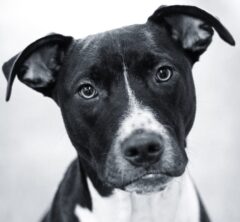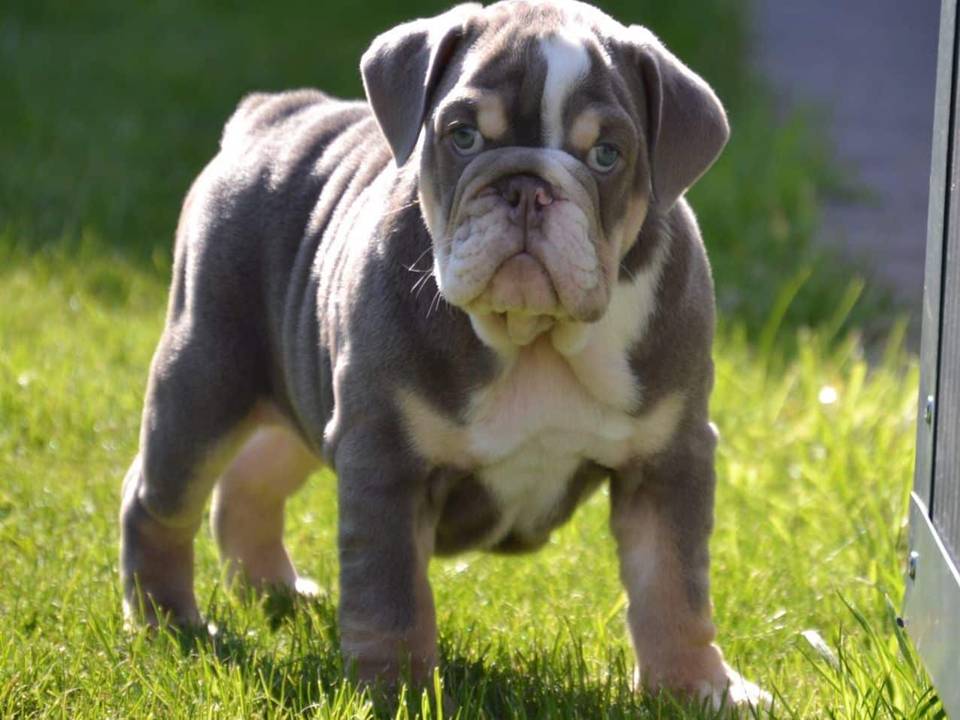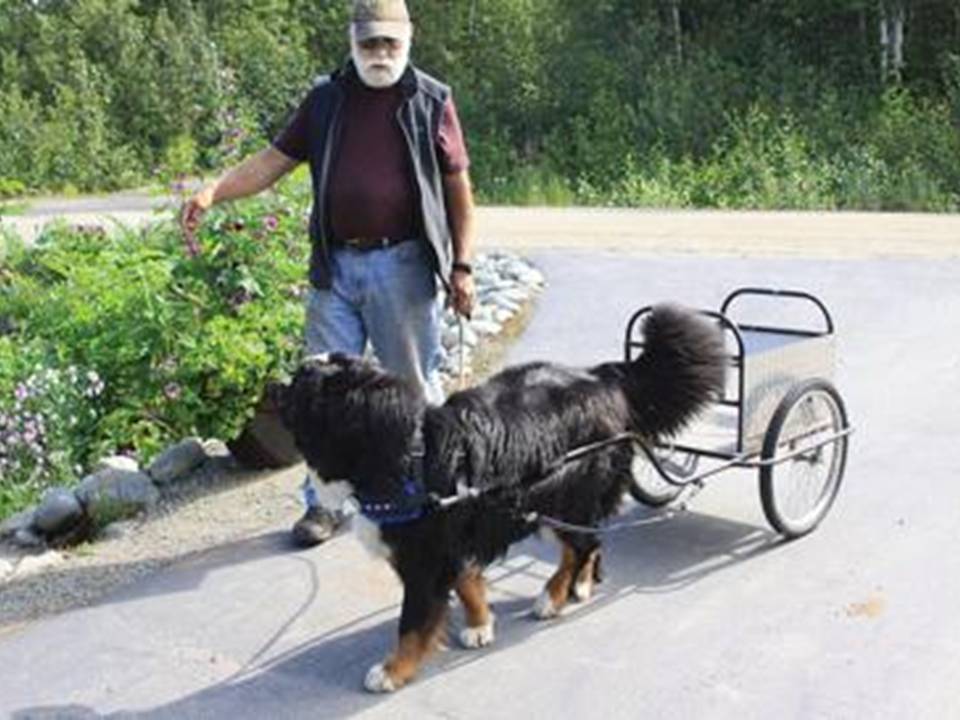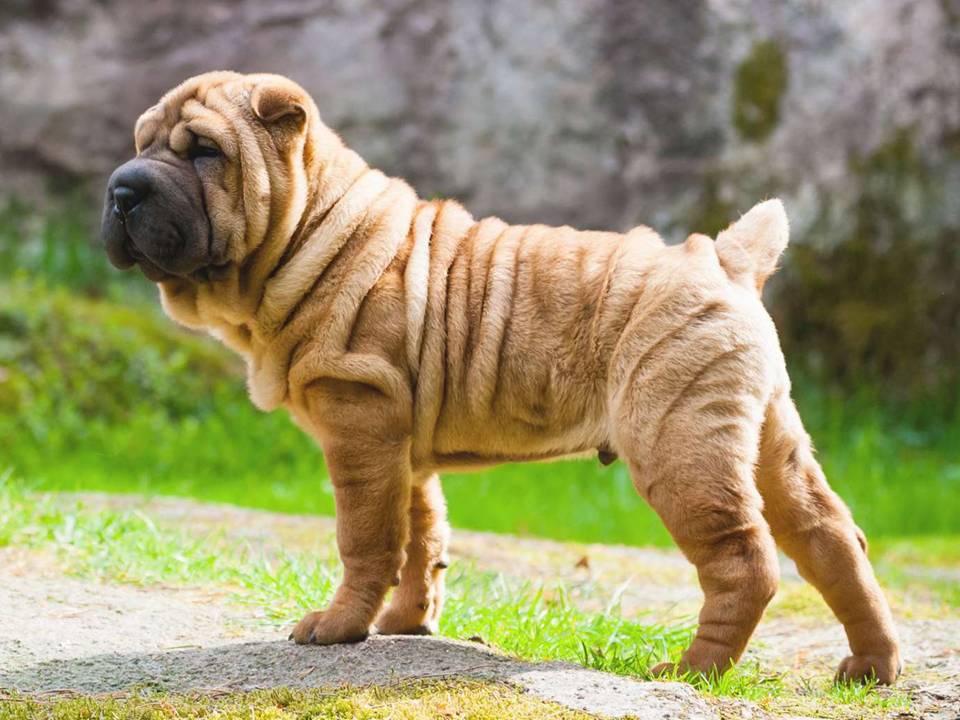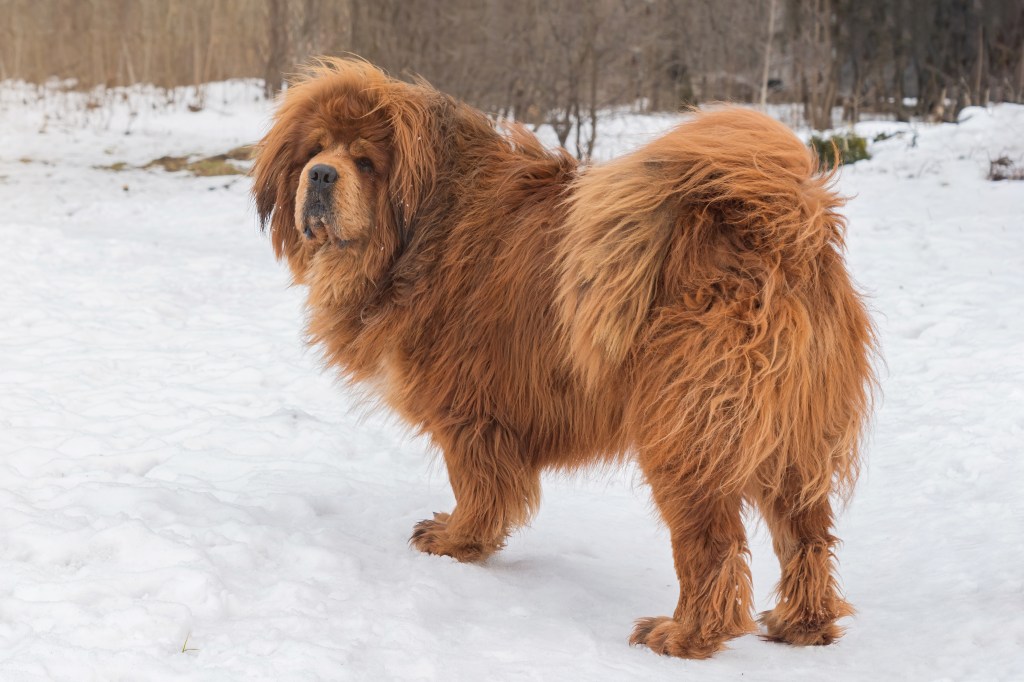History and Origins of the English Bulldog
The English Bulldog, often called the “Bulldog,” is one of the most iconic dog breeds. Its wrinkled face, stocky build, and loose skin make it instantly recognizable. The breed’s history is unique, tied closely to England’s cultural and sporting past. The English Bulldog evolved from a fierce bull-baiting dog to a gentle companion known for its calm temperament.
Early Origins: Mastiff Lineage
The English Bulldog’s roots trace back over a thousand years to ancient mastiff-like breeds. These large, muscular dogs performed tasks like guarding, hunting, and fighting. The term “mastiff” broadly described powerful dogs of various types, including those that would later become Bulldogs.
In medieval England, early Bulldog-like dogs worked on farms. They herded and protected livestock. Their strength, tenacity, and ability to control large animals, such as cattle, made them valuable. However, the Bulldog’s distinct identity began to form with the rise of bull-baiting.
Bull-Baiting: The Birth of the Bulldog
Bull-baiting played a key role in shaping the Bulldog. This cruel sport, popular in England from the 13th century, involved releasing a dog to attack a tethered bull. The goal was for the dog to latch onto the bull’s nose or face and bring it down. Spectators found the sport thrilling, and it became widespread entertainment.
To participate in bull-baiting, dogs needed specific traits that became the foundation of the Bulldog breed. They had to be incredibly muscular, with a low centre of gravity, to avoid being easily thrown by the bull. Their powerful jaws and determination allowed them to hold on despite the bull’s attempts to shake them off. Bulldogs also developed a unique structure that included loose, wrinkled skin around the face and neck, which helped protect vital areas from injury during the sport.
At this time, Bulldogs were much larger and more aggressive than the modern breed. They were bred for strength, courage, and an
To excel in bull-baiting, dogs needed specific traits. They had to be muscular, with a low centre of gravity, to avoid being thrown by the bull. Their powerful jaws and determination helped them hold on despite the bull’s struggles. Bulldogs also developed loose, wrinkled skin around the face and neck, which protected vital areas during fights.
At this time, Bulldogs were larger and more aggressive than today’s breed. Breeders focused on strength, courage, and an unyielding temperament. Bull-baiting remained popular until the mid-19th century, partly because people believed it tenderized meat and improved its flavour.
The Ban on Blood Sports and the Breed’s Transformation
In 1835, England passed the Cruelty to Animals Act, banning blood sports like bull-baiting and dog fighting. This law left the Bulldog without its original purpose, and the breed faced an uncertain future.
However, a group of breed enthusiasts stepped in. They wanted to preserve the Bulldog but reimagine it as a family companion. Breeders selectively removed aggressive traits while keeping the Bulldog’s physical features, such as its muscular build and distinctive face. They also emphasized loyalty and gentleness.
By the late 19th century, the Bulldog had become a docile, friendly dog. Its loyalty and calm nature made it a favourite among British families. In 1873, the Kennel Club in the UK officially recognized the breed, marking its transition from a working dog to a show dog and companion.
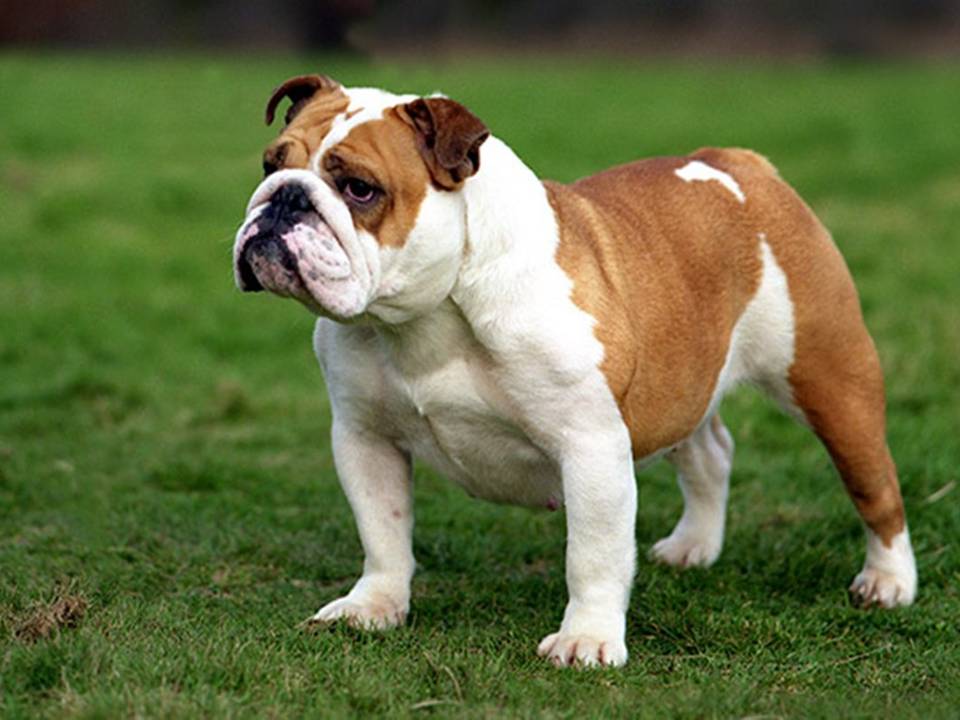
The Bulldog in Modern Times
The Bulldog’s popularity spread beyond England, especially to the United States. The American Kennel Club (AKC) recognized the breed in 1890. Today, the English Bulldog is one of the most popular breeds worldwide, known for its affectionate nature and unique appearance.
Despite its fierce origins, the modern Bulldog is a loving and dependable companion. It symbolizes resilience and determination, often linked to the British “bulldog spirit.” During World War II, Winston Churchill was compared to the breed for his tenacity and courage.
The Bulldog also serves as a popular mascot. Many schools, universities, and military units use the Bulldog as a symbol of strength, loyalty, and bravery.
Health and Contemporary Breeding Challenges
The Bulldog’s distinctive features have led to health concerns. Selective breeding for traits like the shortened muzzle (brachycephalic structure) and heavy build has caused problems. Bulldogs often suffer from respiratory issues, hip dysplasia, and skin infections. Their flattened faces can lead to breathing difficulties, heat intolerance, and a shorter lifespan.
Responsible breeders and veterinarians are working to address these issues. They advocate for healthier breeding practices to reduce genetic problems. Their goal is to preserve the Bulldog’s charm while improving its overall health.
Conclusion
The English Bulldog’s journey from a fierce bull-baiting dog to a gentle family pet shows its resilience and adaptability. Once bred for strength and aggression, it is now a symbol of loyalty, courage, and gentleness. While health challenges remain, responsible breeding offers hope for the breed’s future. Today, the Bulldog is a beloved companion, a reminder of its storied past, and a cherished part of families worldwide.
